Art isn't allowed to take up space anymore
Recovering from minimalism: For the love of all the things.
I’ve had a pretty shit week. There is no way to sugarcoat the amount of stress-induced breakdowns I had these past seven days. It was mostly work stress, but also a lot of living in my head. Thinking about the what ifs, the whys, and the why nots. On top of it all, insomnia decided to pay a visit too.
All I could do, to not break down every day the second I opened my laptop, was try to drown out my thoughts with music and old movies. By Wednesday I knew that the stress had gotten the better of me when I sobbed on the couch watching You’ve Got Mail. A movie barely ever makes me cry, but here I was, ugly crying into my bowl of pasta.
Me, and everyone around me knew: Boy did I need a day off. And that’s exactly what I did, I took Friday off and went to IKEA.
It was a breath of fresh air and a change of scenery. I love IKEA, it's one of my favorite places to be when life just gets a little too much. While strolling through all the pretty little fake apartments I wondered why does a Swedish furniture store feel like this?
I looked around and began to notice that there was stuff, mementos, clutter, decor, unneeded pretty items, cozy blankets, pillows, flowers, cute mismatched mugs and chairs, books, and photos - everywhere. I guess things make a home look lived in, so no wonder IKEA is adding lots of things to one single “room”.
I took some pictures for inspiration, found some cute pieces, bought way too many things, had a cup of coffee and an amazing piece of Daim cake, and went home happy and relaxed.
Back home I decided to end the day on a high note and watch The Parent Trap. And there is one scene in the movie that reminded me of my realization at IKEA: Annie and Hallie are exiled in their isolation cabin, the window flies open and a gust of wind messes up Hallie’s beautiful display of posters and photos on the wall. Through the scenes that follow we are shown just how many things the two girls brought to camp. A tin box full of photos, books, and little mementos. They brought their memories to camp, to ease homesickness, to feel connected to their own selves, to their families, to their homes.
I thought about my own home and my own things. And I noticed that today, over 25 years after The Parent Trap first aired, we have very few of these little mementos in our homes, or none at all. People even barely collect things anymore.
And why should we? All we need to revisit our memories is a phone. All photos are there, with a click of a button.
Somehow that doesn’t sit right with me. Not only does not touching the media (the photo, the CD, the DVD) and not having any physical presence of it in your home makes it lose its value and to a degree its meaning, we also cannot derive any happiness from digital media without actively looking at it.
Music, film, and past memories used to be tangible things in our homes that sparked enjoyment without actively interacting with them. Digital media on the other hand doesn’t do that.
Digital Media creates a weird way of minimalism
Looking around in my living room, you can see that I, unfortunately, have been a victim of the minimalism and Marie Kondo-ing phase of the mid-2010s. I was told over and over again that I had too much stuff, and that having said stuff was bad. Stuff was clouding my brain and making me sad, and clutter was a weight on my mind. Getting rid of all of my stuff, however, would make me free and happy.
Oh, what a lie that was.
Yes, it was freeing at first. Because less stuff and clutter meant easier cleaning. But sitting in my apartment, with its bare walls, no plants, and no notes on the fridge1, you know what else I had thrown out? Joy. Personality. Character.
Over the past eight years or so, I’ve been slowly recovering from this sickness called minimalism. I am adding stuff and clutter back into my life. I embrace a messy desk, a stuffed bookcase, and a chaotic assortment of letters on the dining room table. Because all of these things are a sign of me living here. My home does not need to look like a museum, I am in fact, allowed to take up space in my own home.
As things are a normal part of life, having said things adds life to a home. That’s why a kitchen full of stuff like this yellow one I saw at IKEA feels like a home. And the fact that IKEA is leaving minimalism behind tells me that many people are slowly recovering from minimalism too - while some few lucky ones never got the virus.2
But there is one virus we’ve all caught: Digital media minimalism.
Digital media creates a weird version of minimalism that is unlike anything we’ve ever experienced. And the more I think about it, the more it weirds me out.
The bare rooms we see on interior design Pinterest boards now wouldn’t even have been possible in my teenage years. Analog media was a part of life. And there was so much of it: Daily newspapers, a gigantic TV that took up a lot of space, VHS tapes, DVDs, vinyls, audio cassette tapes, CDs, a large stereo to enjoy your music, books, encyclopedias to look something up, dictionaries, magazines for inspiration, recipe clippings, coupons, a physical calendar to remember your appointments, a phone book, the yellow pages, the list goes on and on and on.
Today all of the above fits into a small little device. One click and you have it all right there. And the absolute kicker: You don’t really own any of it. Within a blink of an eye your computer might crash, your phone might drop into the toilet, and if you didn’t back it up to a cloud, your photos and your memories will be gone.
Sure, you still have Spotify with all of your music on it. But what if an artist decides to no longer license their music there?3 Your favorite song might be gone quicker than you’d like.
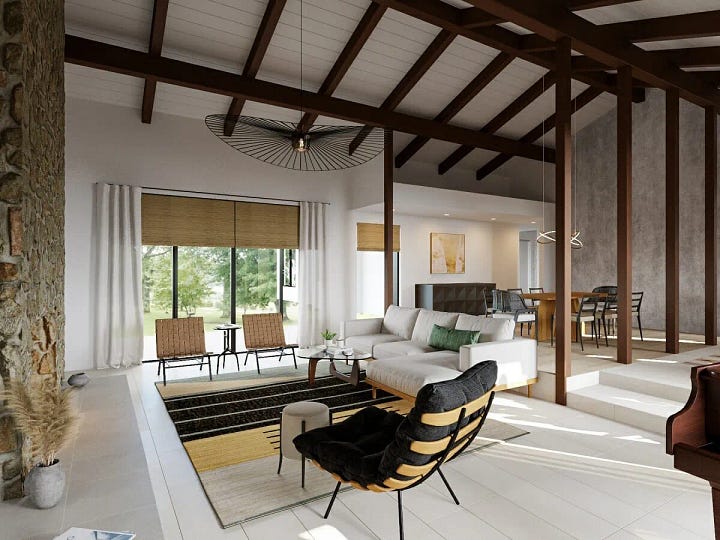
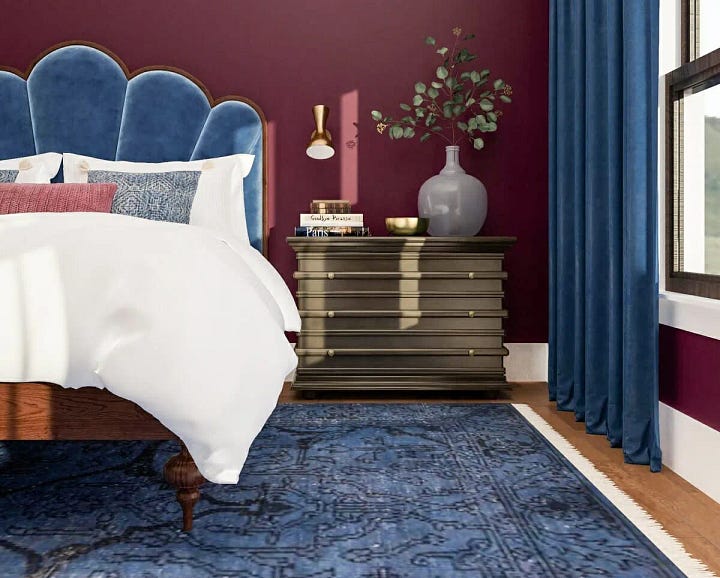
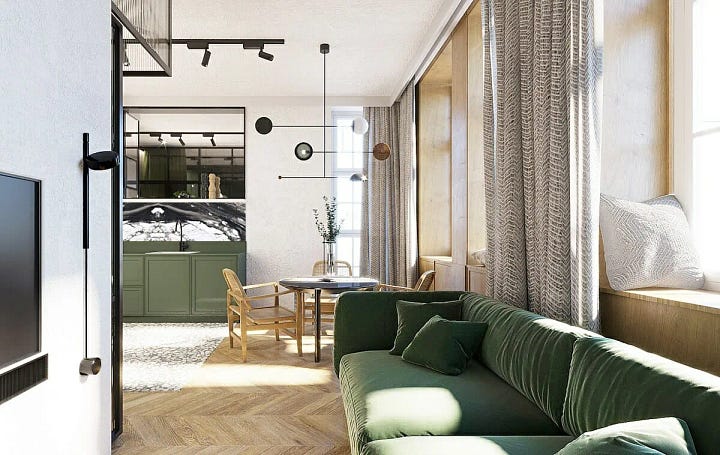
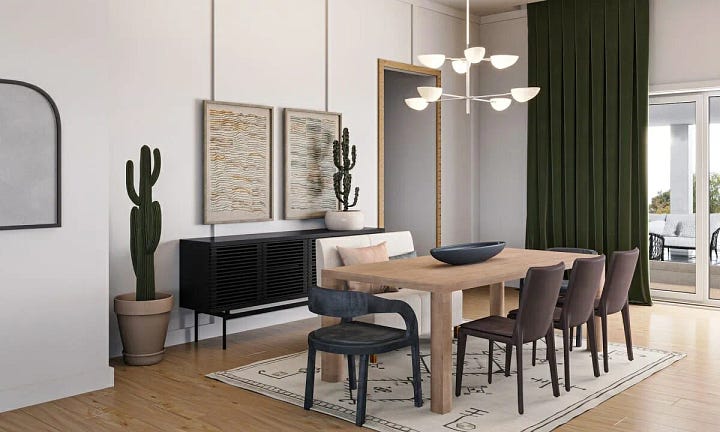
Art isn’t allowed to take up space anymore
The development of the past 20 to 30 years truly is amazing. We went from a time without the internet and all of this physical media in our lives to fit all of it onto one small device.
I grew up with floppy disks, then they turned non-floppy, then we had CDs, then USB drives, then SD cards, and now we don’t even have any of that anymore, instead, we have the cloud. We don’t even have the physical thing that stores the digital media. That’s how minimalistic media has become.
And it has become so easy too. TOO EASY.
I used to record my favorite songs from the radio. It was pure stress. Pressing the buttons at the exact right time to capture the start of the song, but not too much of the radio hosts talking. And then you had to wait and listen to the entire song in real-time, all while crossing your fingers that they wouldn’t stop mid-chorus because of some important traffic information. You had to work hard to get the perfect mix tape.
Same for building your movie collection: I had pages full of movie times neatly written down from the TV guide so I could record them on VHS for me to rewatch whenever I wanted. The reruns at night had fewer commercial breaks, so I set myself an alarm, got up and hit record. I’ve invested a lot of sleepless nights to build my perfect library of all my favorite movies.
And that didn’t change with the invention of the internet. You still had to work for it. To get the perfect mix CD, you had to spend hours on Limewire to find the right version of your favorite songs.
Can you tell I was a broke teenager? The alternative to the above is spending money. You had to invest your money into the new CD album of your favorite artist, or the DVD of a great movie. Building your own personal media library, filled with all the art you love, cost money, took time, and a lot of effort back then.
Digital media, however, is easy. You subscribe, you click, you watch, you listen. You binge-watch because you can. Binge-watching a show on DVD is possible, but different. You have to change the DVD every four episodes. You have to get up from your current lazy position on the couch, change the DVD, and then watch the next four episodes. While still easy, you had to work for it. You had to do more than just click one button.
And the lack of work you have to put into these days makes the art almost meaningless. You automatically value it less. Now that you have Spotify, would you go back and pay 18 Euros for a CD? Who am I kidding, no you wouldn’t, the Euro didn’t even exist back then.
Art used to be visible, tangible, tactile, and it made a home feel like a home. Now art is small and fits on one tiny device, like it isn’t allowed to take up space anymore.
Not only is digital media easy, it barely exists
Not only is art not allowed to take up space anymore, some things simply disappeared. Like the movie A Lot Like Love, one of my all-time favorite rom-coms. Since watching old movies calms me down during stressful times, I felt like watching it this week. I was surprised that I had never purchased it on iTunes and decided to change that right away. Only typing the movie title into the search bar gave me exactly zero results. Same on Amazon Prime, same on any streaming service I had a subscription to. Not only did it stream exactly nowhere, I couldn’t even rent or purchase it. Confused, I turned to Google/Reddit and learned that the movie doesn’t exist online. Why? No one knows.
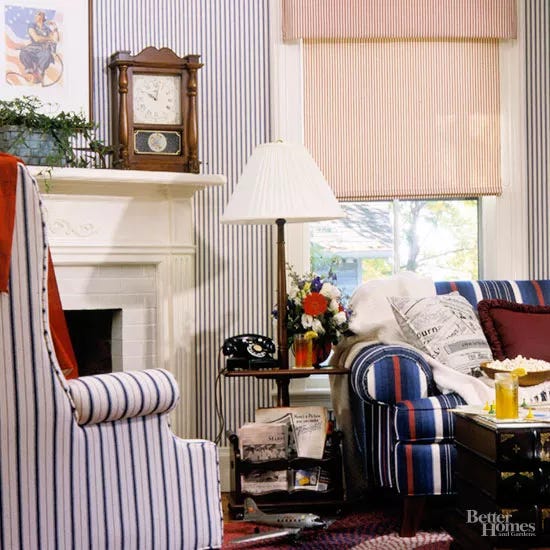
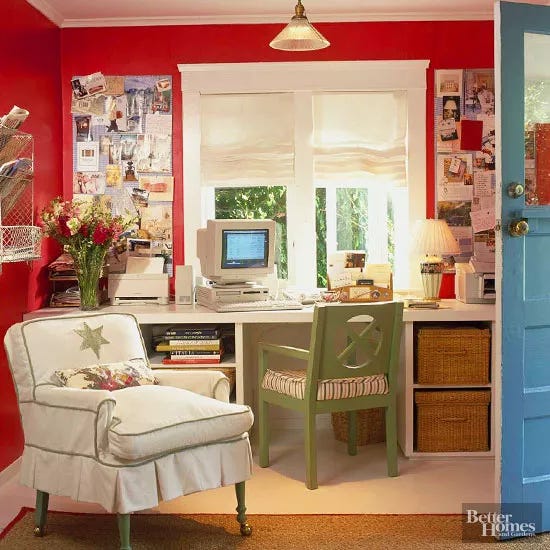
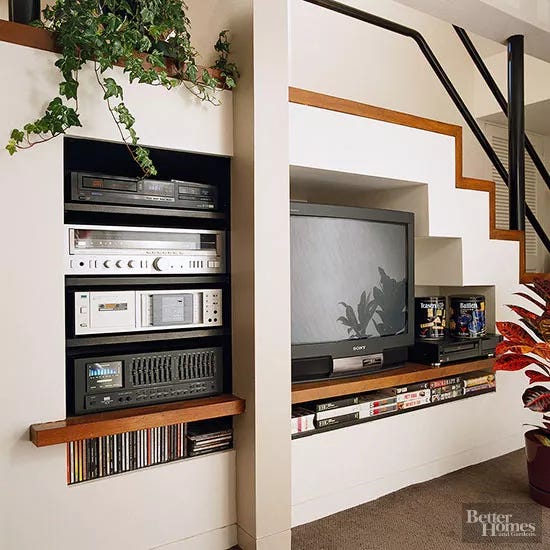
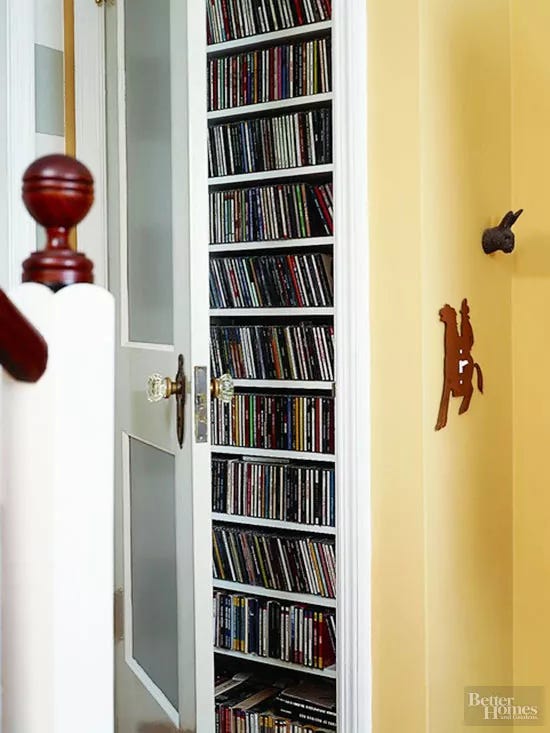
So I bought the DVD on Amazon, importing it from somewhere, it will take weeks to arrive, but then I can watch it whenever I want. Because then I own it, and unless the house burns down or someone breaks in and steels this particular DVD, it will be mine forever.
Realizing that a movie I love could be taken away from me, made me regret throwing out all of my DVDs, VHSs, and CDs during my decluttering spree towards minimalism. I carefully chose and collected all of this art. It was unique and solely me, an expression of myself represented through a diverse collection of movies and music.
And not only that, if a movie I love could cease to exist, my future children would never be able to enjoy the movies that made me who I am today. I don’t want to sound dramatic, but movies and music were and are a HUGE part of my identity. I am the kind of person that dreams about a movie after watching it, that takes something from that movie and makes it her own. There are movies that shaped me into who I am today. And to think that there is even the slightest possibility for those parts of myself to never be passed down to the next generation is scary.
And if you think that no one in their right mind will delete all the great rom-coms of the 2000s I’d like to tell you that Paramount kind of did something similar a few days ago:
Paramount Global has removed the online archives to Comedy Central, TVLand, MTV News, and CTM from public access.4
The fact that a big company can decide to take down decades worth of music journalism because of “budget cuts” makes me want to rebuild my library of movies and music again. Because art that shaped me into who I am should be touched and felt, it shouldn’t be allowed to simply disappear.
XOXO
Annika
A great piece about the beauty of physical notes:
As happened in 2022 when many artists decided to leave Spotify: “Musicians Vs. Spotify: Artists Who Have Joined Neil Young in Removing Their Music” in Billboard.
“Comedy Central, MTV News, CMT, TV Land Online Archives Purged By Paramount Global” in Deadline.
Image Gallery Sources:
90s Image Gallery: Better Homes & Gardens, “'90s Home Decor to Take You Back”
Modern Interior Design Gallery: Decorilla, “30 Best Contemporary Design Style Ideas of 2024”


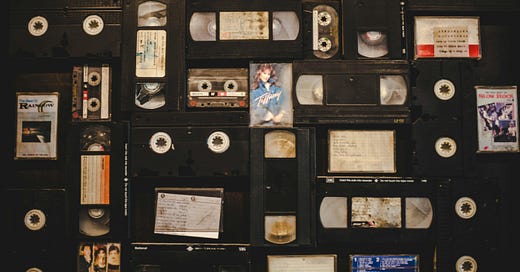


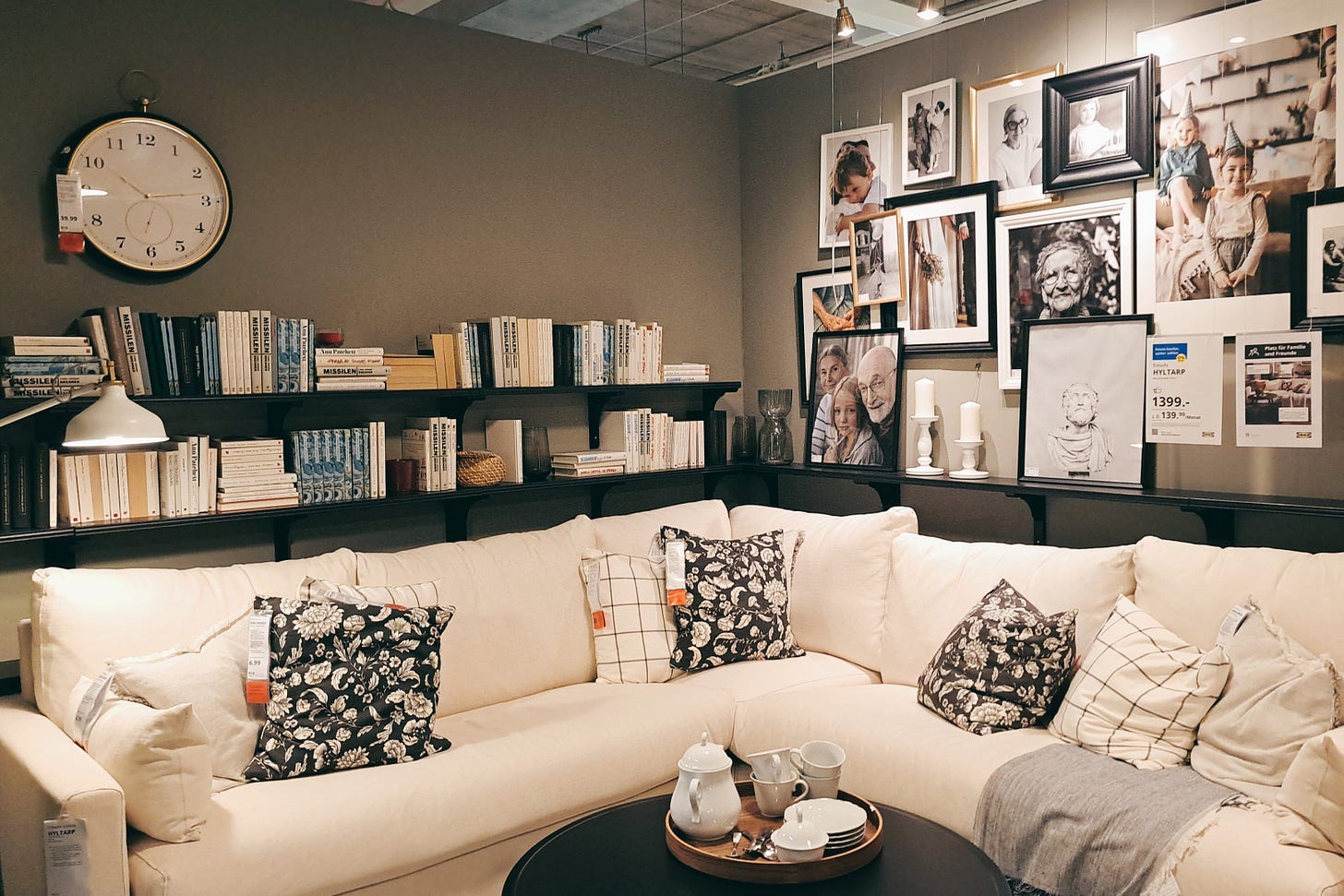
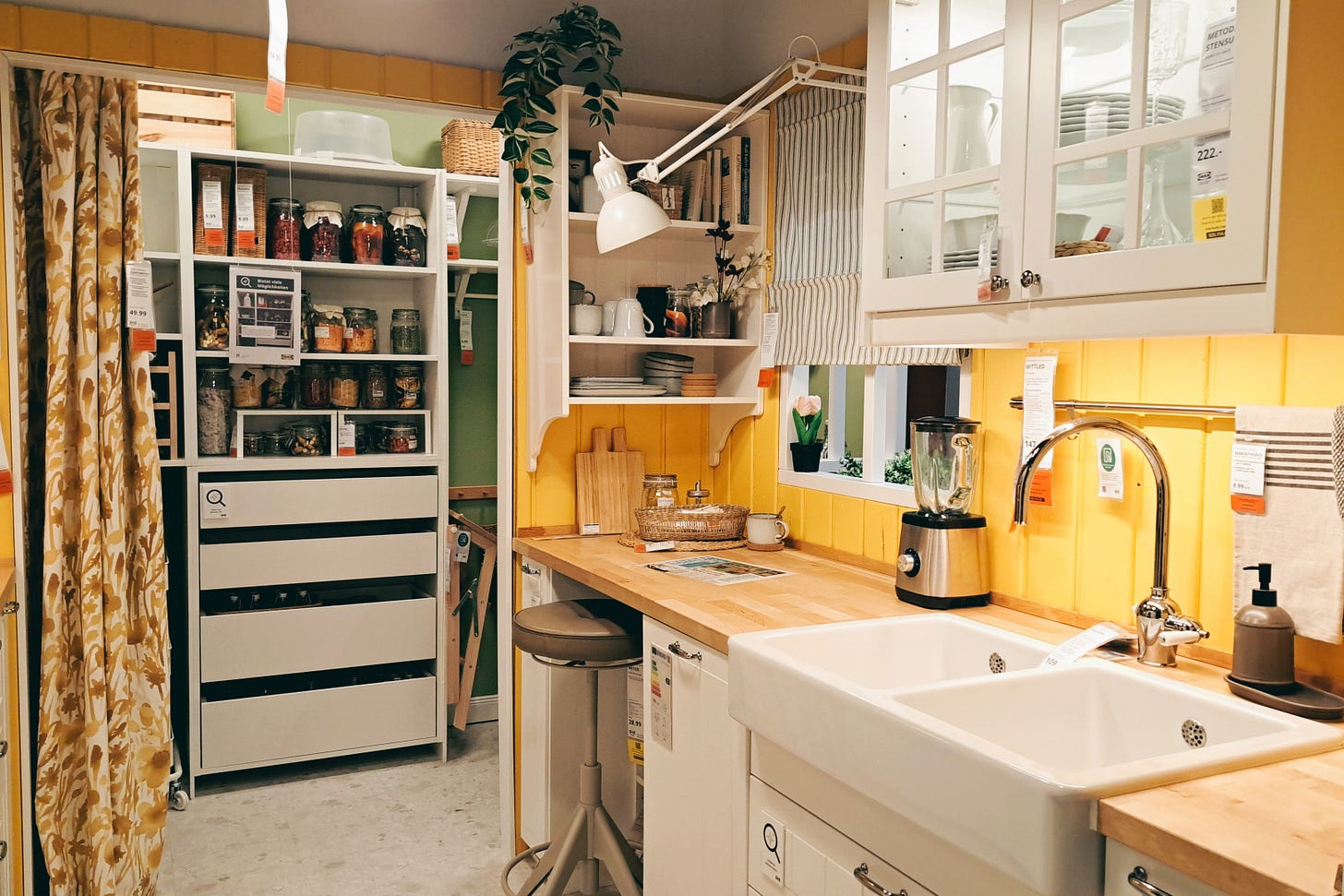


Been thinking about this concept a lot and talking to my dad about it (he has a lot of regret about throwing away his old records when music went digital) about how technological advancement is killing sentimentality in the form of clutter and “useless objects!!!”
This is how the second blog I’ve read this week that talks about how Marie Condo-ing their home has actually lead to regret and a lack of love and character in their homes. I completely believe it. I feel like the concept of minimalism has truly been a train wreck on humanity. Even architecture has been affected. I would just love it if we had a country full of buildings in the US that looked like the ones in Europe today.